Looking for cuttings
earthworm73
10 years ago
Related Stories
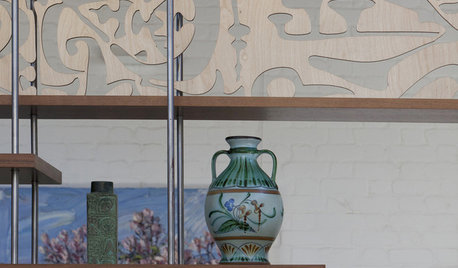
REMODELING GUIDESCutting Edge: Futuristic Laser-Cut Designs
Intricate laser-cut works add dimension and surprise to interior designs
Full Story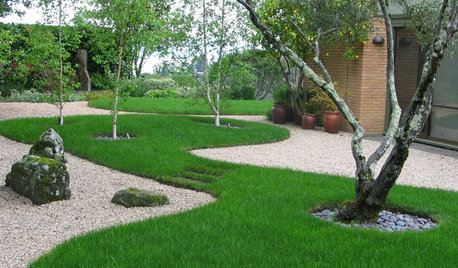
LANDSCAPE DESIGNIs Your Garden Cut Out for Matisse Inspiration?
Look to the artist’s paper collages for a creative and easy approach to garden design
Full Story
HOLIDAYSHow to Care for Your Christmas Tree
Keep your tree looking lush until the last ornament is packed away with these tips for watering, using stands and more
Full Story
DECORATING GUIDESWicker Style: Cottage to Cutting Edge
Find Wicker for Every Look, From Classic Porch Chair to Spaceship Daybed
Full Story
DECORATING GUIDESOn Trend: Cut It Out With Norwegian Seating
You may find these nipped-out chairs extra full of modern style and comfort, thanks to their savvy designs
Full Story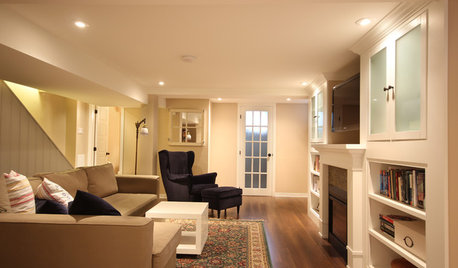
BASEMENTSBasement of the Week: Smart Cost Cutting, Beautiful Results
A stylish multipurpose basement for less than half the usual cost? See the budget-saving tricks that helped this underground space
Full Story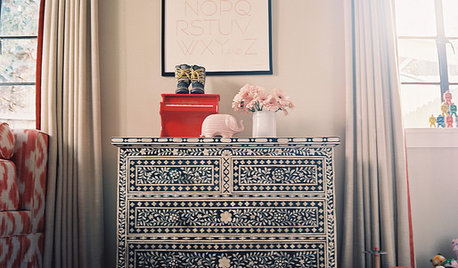
DECORATING GUIDESInlay Makes Rooms a Cut Above
Furniture and accessories inlaid with shells, faux bone or pearl give rooms an elevated artistic sense and showstopping style
Full Story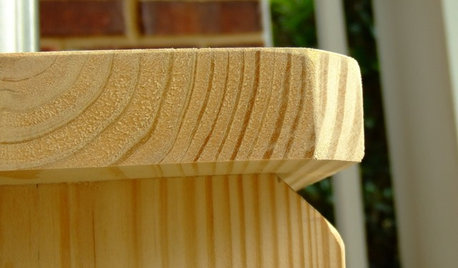
DIY PROJECTSCutting Corners: Miters Spruce Up Woodworking Projects
These basic woodworking cuts add another dimension to simple corners
Full Story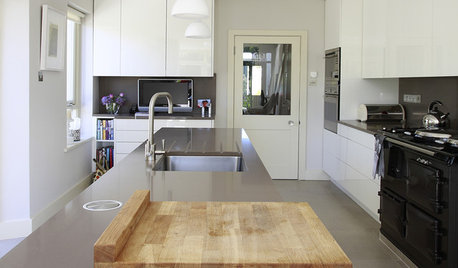
KITCHEN DESIGNButcher Block Makes the Cut for Holiday Kitchen Prep
Countertops and cutting boards will likely take a beating over the holidays. These butcher blocks have the chops to perform under pressure
Full Story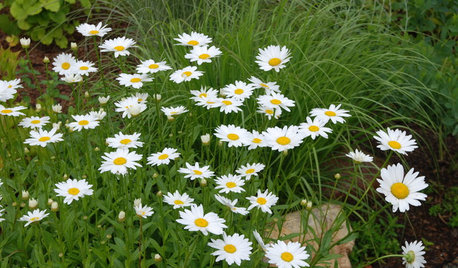
FLOWERSBest Cutting-Garden Beauties for Late Summer
Pick blooms bursting with color or in classic white for bouquets to give away or keep all to yourself
Full Story





Gutzmek
earthworm73Original Author
Gutzmek
earthworm73Original Author
wally_1936
Gutzmek
earthworm73Original Author
wally_1936
earthworm73Original Author
wally_1936
Tarzan57
Gutzmek